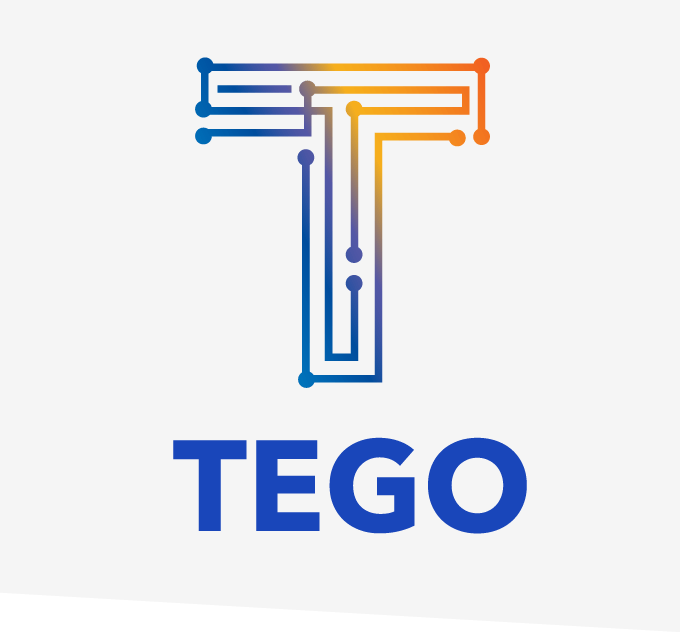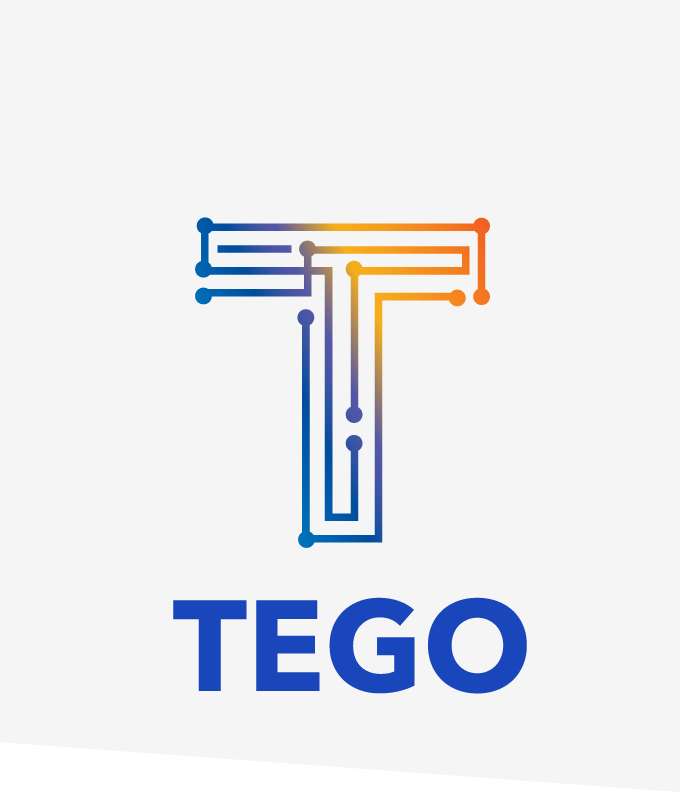IoT Data’s Human Component: A Q&A with Tim Butler
“…for companies who are grappling with IoT integration … edge computing is becoming a prime opportunity for enhanced employee performance and contribution to the whole.”
Thus begins Tim Butler’s Q&A session with the incomparable David Marshall of VM Blog, who knows quite a bit about the important technology trends and what they mean to business practitioners.
Pegged to the recent AWS launch of Greengrass, an initiative that takes on many of the same issues that Tego’s been working for years to solve, Tim provides ranging perspective on the value that edge computing stands to unlock. Highlights from the session include:
Why did AWS choose to launch on-premises compute solution?
Greengrass seems to explicitly acknowledge that constant data connectivity on edge devices isn’t easy, and it isn’t cheap. Instead, an approach that focuses on the “T” in the IoT (i.e. the “Thing”), which turns parts, components and other objects into smart conveyors of information, does not require constant connectivity or complex software integrations. The trick is in finding an easier way for these things to share their data, which is where AWS appears to be devoting its attention.
Does Greengrass give the IoT a boost to “cross the chasm” into large-scale digitization initiatives?
Wider recognition of the value of placing intelligence on the “T” in the IoT is analogous to companies realizing in the 1980s and 90s that moving away from mainframe computing architectures to desktop PCs could empower their companies to accomplish more. Instead of being locked into singular work streams from their “dumb green” digital terminals, employees could now read, write and store data locally, further their knowledge and understanding, broaden their work context, and produce more powerful daily outcomes.
How do you see the human dynamic changing as edge computing gains steam?
In today’s work environment, it is not uncommon for an employee at the edge to start to feel disconnected, or to feel like they’ve been made into an automaton. However, when data travels with an object, and that object becomes progressively more informed each time it interacts with a human, a funny thing happens. Humans can suddenly absorb and contribute to the organization’s intelligence in ways that add more meaning and context to their roles.
We believe edge computing will yield a better sense of engagement for employees at the edge, empower them to more personally contribute more often to a final outcome. It may just become the perfect expression of man and machine working together.
Read the full article here.
To learn about Tego’s asset intelligence platform for high-value edge computing, visit this page.
To schedule a demo for how Tego can improve your local data strategy, contact us here.


